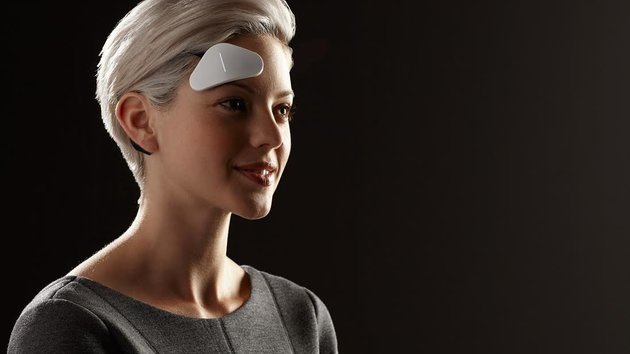The device did seem to work on some level. For 15 minutes, I experienced a light pressure on the side of my forehead while the electrodes delivered pulses. Toward the end of the session and for about an hour afterward, my brain was definitely down a notch. However, I wouldn’t describe the feeling as zen so much as vaguely stoned. This is apparently not unusual, as one of the company’s publicity reps, Mark de la Vina, told me that it makes a small percentage of users feel high. I felt a pleasant, light floatiness and noticed myself typing and speaking more slowly.
The sensation was something I could definitely get used to — although I won’t be swapping out my meditation practice for a vibe session anytime soon.
“People seek to relax … in different ways,” said Dr. Judy Iles, a University of British Columbia neuroethicist. “But why it is better or safer than exercise, meditation or fresh air or other healthy lifestyle behaviors is not evident.”
The bottom line? Early adopters are essentially part of an experiment. Casual users might replace the evening cocktail with an occasional zap, but until more research is done, you’d be wise to think twice before replacing your morning coffee with a jolt to the head.
Source: This Device Can Zap Your Brain Into A State Of Zen. Is That A Good Thing?


I understand that your casual use with no objective did not satisfy or convince you.
It is very unfortunate that you did not address people with serious problems like, depression, bipolar disorder, late stage dementia,learning disabilities,etc. It is reassuring to know that your brains are already operating at a satisfactory level.